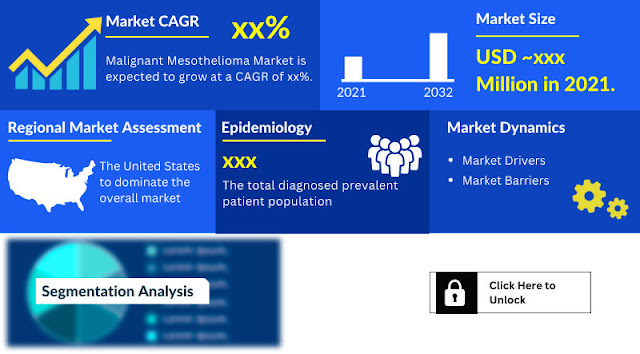Nephrotic Syndrome Market: Current Trends and Future Outlook
Introduction:
Nephrotic syndrome is a kidney disorder characterized by the
presence of excessive protein in the urine, low levels of protein in the blood,
high cholesterol, and edema. It is a complex condition that can have a
significant impact on patients' quality of life. The global nephrotic syndrome market has witnessed substantial growth in recent years, driven by advancements
in diagnostic techniques, increased awareness, and a rise in the incidence of
kidney disorders. This article explores the current trends and future outlook
of the nephrotic syndrome market.
Growing Prevalence
and Diagnosis:
Nephrotic syndrome affects individuals of all age groups,
with higher prevalence in children. The rising incidence of kidney disorders,
including nephrotic syndrome, has resulted in increased demand for early and
accurate diagnosis. Various diagnostic techniques, such as urine tests, blood
tests, and kidney biopsies, play a crucial role in identifying the underlying
cause and guiding appropriate treatment strategies.
Advancements in
Treatment Options:
The treatment landscape for nephrotic syndrome has evolved
significantly over the years. Conventional therapies such as corticosteroids
remain the first line of treatment for most patients. However, in cases of
steroid resistance or dependence, alternative options such as immunosuppressive
agents, angiotensin receptor blockers (ARBs), and angiotensin-converting enzyme
inhibitors (ACEIs) are utilized. These medications aim to reduce proteinuria,
maintain blood pressure, and prevent further kidney damage.
Emerging Therapies:
Despite the availability of treatment options, a significant
unmet need exists for patients who are refractory to standard therapies. This
has led to the emergence of novel therapeutic approaches that target specific
pathways involved in the pathogenesis of nephrotic syndrome. Several promising
therapies, including monoclonal antibodies, complement inhibitors, and podocyte
stabilizers, are currently being investigated in clinical trials. These
innovative therapies hold the potential to transform the treatment landscape
and improve patient outcomes.
Rising Focus on
Personalized Medicine:
The concept of personalized medicine is gaining traction in
the nephrotic syndrome market. Advancements in genomic research and molecular
diagnostics have allowed for a better understanding of the underlying
mechanisms and heterogeneity of the disease. This knowledge enables healthcare
providers to tailor treatment strategies based on individual patient
characteristics, optimizing therapeutic outcomes. Personalized medicine
approaches are expected to play a vital role in the future management of
nephrotic syndrome.
Challenges and
Opportunities:
While significant progress has been made in the management
of nephrotic syndrome, several challenges persist. Limited treatment options
for steroid-resistant patients, high treatment costs, and potential adverse
effects of immunosuppressive therapies are some of the key challenges faced by
healthcare providers. However, the increasing focus on research and
development, coupled with collaborations between pharmaceutical companies and
academic institutions, presents opportunities for the development of novel therapies
and effective management strategies.
Conclusion:
The nephrotic syndrome market is witnessing substantial
growth, driven by the rising prevalence of kidney disorders and advancements in
diagnostic techniques. The emergence of novel therapies and the growing focus
on personalized medicine hold promise for improving patient outcomes and
addressing the unmet needs in the field. However, it is crucial to overcome the
challenges associated with treatment costs and adverse effects to ensure better
access to effective therapies. Continued research, collaboration, and
innovation are essential to further advance the understanding and management of
nephrotic syndrome, ultimately benefiting patients worldwide.




Comments
Post a Comment